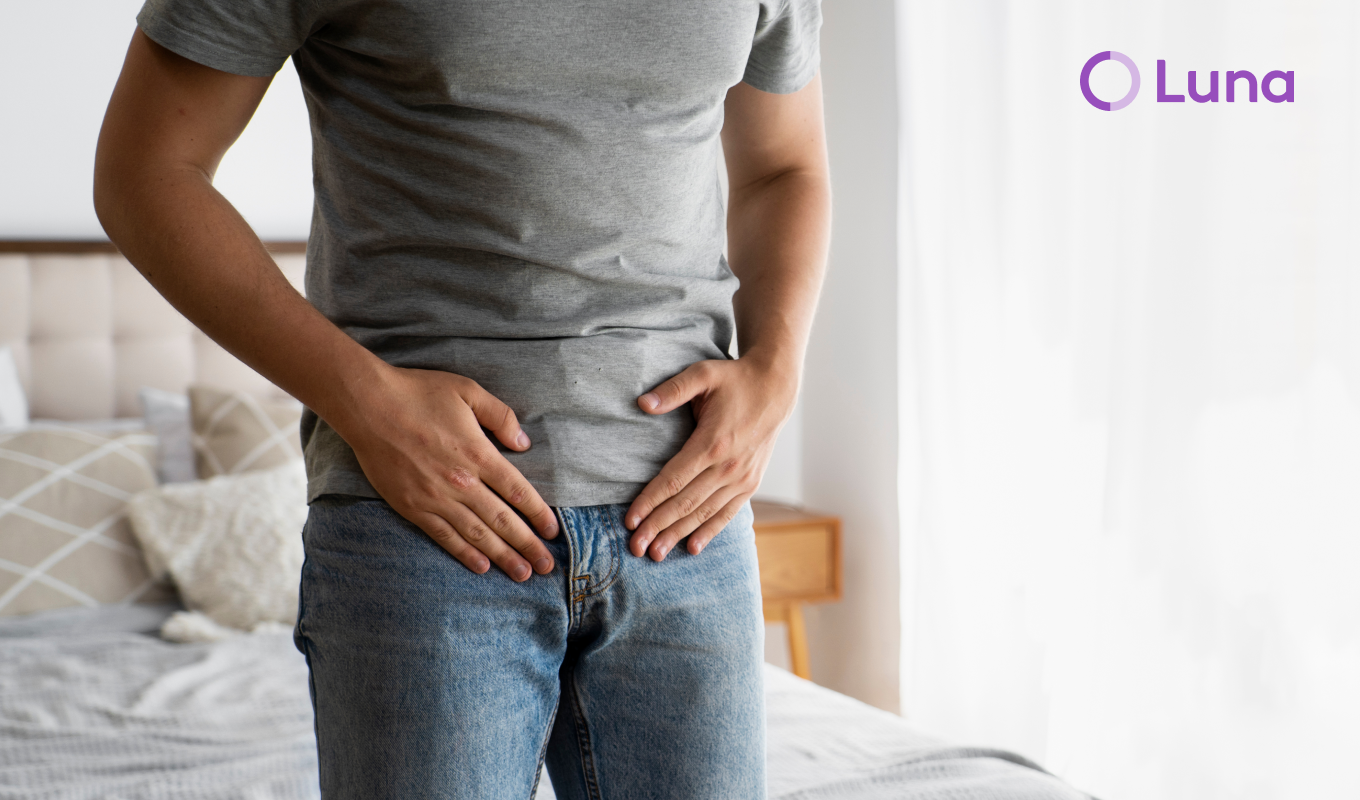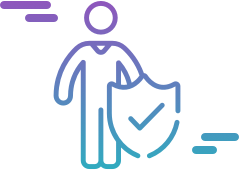Pulled Groin: Symptoms and How Physical Therapy Can Help

A pulled groin muscle is the bane of many jokes, considering it's located in the area where the lower abdomen inner thighs meet. As amusing as others may find those wisecracks to be, people who suffer from a painful groin strain know it's no laughing matter.
Causes of a pulled groin
While most anyone can pull a groin, it's a more common injury among athletes -- especially those whose sports require a lot of running, jumping, and quick changes in direction. These rapid movements tense the groin too quickly and forcefully, resulting in injuries from over-stretched, pulled, or torn muscles.
Signs and symptoms of a pulled groin
Pain or spasms in the lower abdominal region, or inner thigh, are signs of a pulled groin. Many sufferers hear a popping sound or feel a snap in those areas when the injury occurs. Depending on the level of damage, the resulting pain ranges from mild to severe. The discomfort is especially evident when sufferers raise their knees upward or bring their legs together. There may be signs of bruising and swelling in the groin area, as well. Sometimes groin pain is confused with hernia pain, so it's really important to know the difference.
How to treat a pulled groin

Minor groin strains are often treated easily at home with a few weeks of rest. Avoiding physical activity during that time allows the muscles, ligaments, and tendons to heal naturally. Applying ice pack applications to the inside of the thigh for 30 minutes every four hours often helps ease the pain over time. Also, compression wraps and ibuprofen can help reduce both aches and swelling.
What if my groin pain doesn’t go away?
Most of the time, home remedies help the groin heal. However, to prevent a pulled groin from becoming a chronic condition physical therapy is the best course of action. A physical therapist designs treatments in the form of specialized stretching and strengthening exercises that are targeted to help groin pain sufferers quickly return to their normal lifestyle and activities. The specialized PT regiment not only reduces pain, but it also improves strength and motion, while reducing recovery time and the risk of future injuries.
What is my best option for physical therapy?
With so many people avoiding public places like hospitals and clinics to prevent the spread of COVID-19, an on-demand physical therapy option like Luna offers a safer and easier way to receive care. You'll get treatment delivered in-person or via televisits, which makes it a cinch to complete your course of care. Plus, you'll receive one-on-one time from a board-certified physical therapist who is focused solely on you. The results are custom-tailored treatments to alleviate the painful symptoms of a pulled groin, as well as any other troublesome health conditions that are hindering you from feeling your best.
Why wait? Get on a path to wellness now, and contact Luna on-demand physical therapy today. You'll be glad you did.
Handpicked Resources for You
- Groin strain: Symptoms, treatment, and recovery, Medical News Today
- Diagnosing and Treating Groin Pulls, Verywell Health
- Best Self-Treatment for a Groin Pull - Including Stretches & Exercises, (Video), Bob and Brad, “The Two Most Famous Physical Therapists on the Internet”
- How long should I rest a groin injury?, Runners World
- Just another pulled groin, or is it something else?, (Podcast), an interview between Dr. Tom Miller and Dr. Travis Maak at the University of Utah Health




